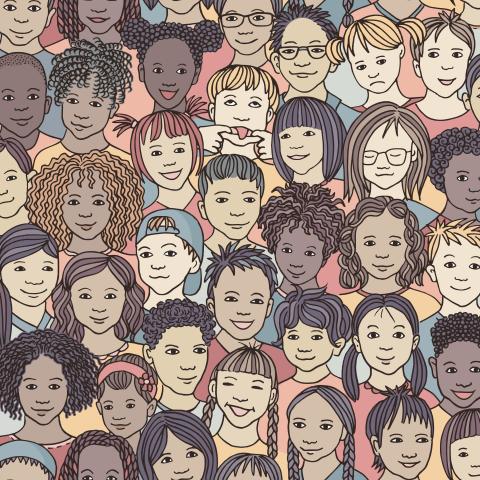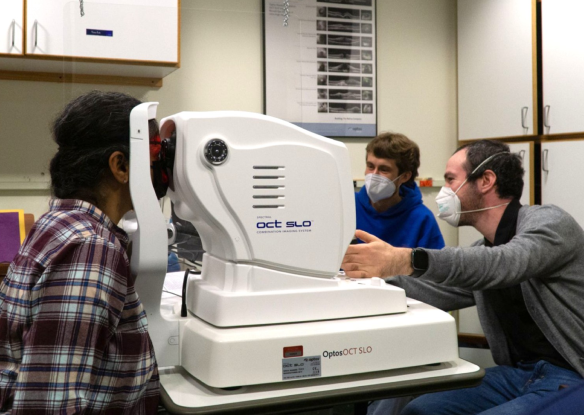

- Principal Investigator:
- Arvind Chandna
We are currently recruiting children and adults with Cerebral Visual Impairment (CVI) to participate in a telephone/videolink study about challenges in visually-guided behaviours in everyday functional vision. The brief vision and birth history, plus the question HVFQI takes between 1-2 hours and can be completed by video chat (zoom) or by phone. Participants receive $20/hour of their time. Cerebral visual impairment often affects visually-guided behaviours for example, spatial attention, motion perception, divided attention, etc. Such impairments sometimes are not easy to detect by a routine vision test. Nevertheless, parents may observe some unusual behaviors in the daily living tasks of their child that can be explained by the results of our questions. Here, we set to run a question inventory (QI) filled by parents to better understand the effects of CVI on a child and how it may correlate with other factors. Please contact us at seelab@ski.org to participate or ask us for more information.

